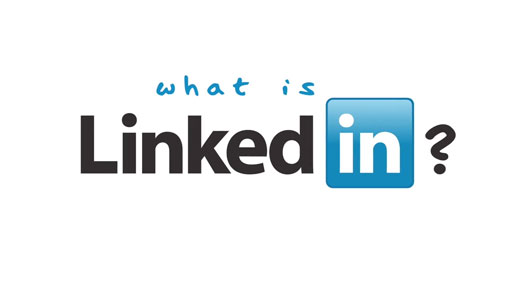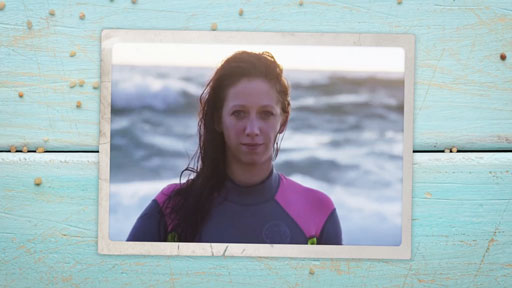2.1 Using social media
John is keen to take forward the skills and knowledge from this course in terms of improving his career prospects and professional development. He would also like to become part of a wider professional network and find opportunities to showcase the skills he does have. LinkedIn is one of the world’s largest professional networks and offers the ideal opportunity for John to do this.
The two videos below provide some information about LinkedIn and how to get started. As you watch them, think about how they might help John to improve his professional profile.

Transcript: Video 2: What is LinkedIn?

Transcript: Video 3: Top tips for getting started on LinkedIn
Hi. I'm Jess. I live here in beautiful Cornwall. It's a place I've never really wanted to leave. Joining LinkedIn helped me connect to loads of opportunities and even get my ideal job as a communications manager, which meant I never had to. But it wasn't all plain sailing, and I've learned a lot along the way. So I'm going to share my top tips on how to create a profile and build your network to get LinkedIn creating opportunities for you.
OK. So let's start with your profile. It's much more than a CV and one of the most important things to get right, as this is how potential employers will discover you. You need a sensible profile picture. No, not that. Yeah, that's good. Adding one will really help your profile get more views. And a good headline explaining what you do. Outlining your industry and location will make it even easier to be found. And when you are found, having full summary, experience, and skill sections will really help show what you're about.
Having a strong profile has worked for me. Take my current role. Someone from Crowdfunder saw me at an event, looked me up on LinkedIn, and started a conversation, which led to this job. But while some opportunities find you, they reckon most jobs are found through someone you know. With tools like Add Connections that help you to connect to the existing contacts, LinkedIn does the work for you. So when it is time to apply for that dream job or build your business, you'll be amazed by the mutual connections you already have. There are thousands of jobs out there, but searching on LinkedIn makes finding the right one super easy.
As you can see, with LinkedIn you only have to put a little in to get so much out. So don't forget. Complete your profile. It's how opportunities find you. Connect with people you know. You'll be surprised how they can help over time. And when the time is right, search for your next job on LinkedIn. These simple tips have certainly opened up a whole new world of opportunities for me. Why not see if they can do the same for you?
LinkedIn is often seen as an online CV. It should be as complete and as detailed as a CV, and should be kept up to date. Other ways LinkedIn can help with your career include enabling you to:
- connect with others in your industry or profession
- find jobs
- be part of professional groups and discussions
- find connections through other people.
Companies and employment agencies use LinkedIn to recruit staff. They will be searching for specific keywords, so it’s essential to include those keywords within your profile. Think about what recruiters are likely to search for. If you’re unsure, look at job specifications or advertisements for essential skills.
Activity 3 Making the most of LinkedIn
Think about how you would advise John on making a professional impact using LinkedIn. What kind of information should he include on his profile and who could he connect with?
You might find it useful to make some notes on your ideas in the box below before reading the feedback.
Feedback
LinkedIn will give John a good professional presence online. When people search for him, they will find his LinkedIn profile. Employers will be able to find out about his experience, passion and commitment. He will also benefit from making connections with chefs around the country, and finding new people with similar interests to connect with. He can join LinkedIn groups and look for jobs.
John will make an impact if he comes up with a strong summary that highlights his skills and enthusiasm. He needs to treat LinkedIn like an online CV and include all his experience, training and skills. By choosing appropriate terms to describe his skills, employers will be able to find him when they search for people with those specific skills.
John’s profile needs to have a good headline and information on the industry he is in. He should choose an appropriate and professional-looking photograph that portrays him in a professional light.
John should initially connect with people he already knows. These might be people he currently works with, or people he’s worked with in the past. From there, he can make new connections through his own contacts or special interest groups on LinkedIn.
